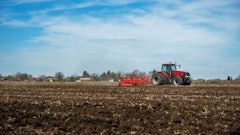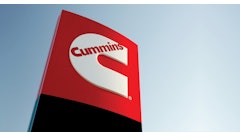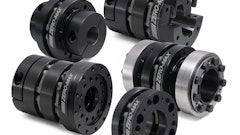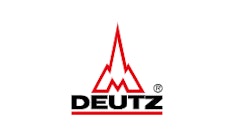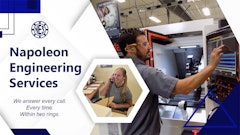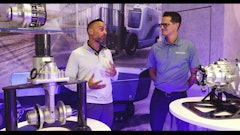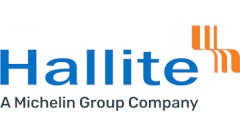Designed for use as a heavy-duty tractor, or a support vehicle capable of performing a number of different jobs — from hauling forage to plowing snow and spreading fertilizer — Custom Chassis' UT5212 Power Platform is a power tool for the farmer who doesn't want to fill a machine shed with expensive equipment that gets used a few hours a year. But the Power Platform's design also lends itself for work beyond the farm. Airports have expressed interest in the machine that can be put to work in the heat of summer or middle of winter.
With engineering degrees and the real-world experience of working for major motorhome and car manufacturers, Mike Huhn and Matt Tipple founded Custom Chassis Inc. (CCI) in Wellington, OH, more than a decade ago. The business plan included designing and manufacturing motorhome chassis. "It was a neat idea," says Tipple, "but we were wedging our way into a market that was dominated by big manufacturers. We found a niche building European motorhome chassis, but it was a low-production program. Several times we received a contract for 10 units and the OEM would run out of money half way through the project."
With fierce competition and the RV industry itself suffering, Tipple and Huhn needed a product no one else in the United States was offering. CCI's 15,000 sq.-ft. shop is surrounded by corn and soybean fields. Tipple still farms, too. So it's no surprise that the two would look to agricultural machinery. They found inspiration when a little-known, American-made multi-purpose tractor was captured in the background of a photo in a farm magazine and got a significant amount of attention from its readers.
Interested in marketing a combination tractor-truck in the United States, CCI considered importing such machines from Europe, but ultimately decided to utilize its in-house expertise and build its own. CCI developed the machine over a year and a half, and Tipple started welding together chassis components in August 2006. The completed Power Platform was introduced at World Ag Expo, Tulare, CA, in February 2008.
"After we came up with the features we wanted, it was a matter of fitting the pieces in the right spot," says Huhn. The right spots resulted in a 50/50 weight distribution from front to rear. To keep the power developed by the mid-mounted Cummins QSB Series engine and six-speed ZF powershift transmission directed to the ground, a swing arm suspension system was developed that uses hydraulic cylinders on all four corners of the tractor. External disk brakes with 24-in. rotors were developed to bring it to a stop.
"The basic idea was that we needed a cab-forward vehicle to create a huge platform on the rear," says Huhn. The room behind the cab lends itself to carrying a number of different bodies, from salt spreaders to slurry tankers. "We also wanted four-wheel drive and four-wheel steering along with a high-speed capability." In its current configuration the Power Platform will cruise at 32 mph, but is a gear change away from 45 mph.
"One of the challenges with designing the Power Platform was creating a rigid frame," says Huhn. "On a pickup truck or semi, the frame is allowed to twist as part of the suspension system. We needed a rigid frame so the twisting didn't affect the device mounted on the back." A robust steel box frame and suspension system was designed for the machine.
To make the machine ready for any job, and be used comfortably and safely, a number of advanced features were included on the prototype. Vansco electronics monitor the machine system and communicate to the operator via a 10.4-in. LCD display, while individual axle weights are constantly monitored (severe overloading will ultimately disable the machine until weight is removed), and a camera keeps an eye on the rear. Front and rear three-point hitches and mechanical PTOs add versatility, while on-board air and hydraulics stand by to run machine functions as well as attachments.
In some ways the Power Platform is a rolling resume, showing off CCI's engineering capabilities with chassis design as well as a complete machine. Long range goals are to work with an OEM or enter into a joint venture to produce it, as full-scale production would not be feasible in Wellington. In the meantime, machines can be ordered on a custom basis.
Tipple's family farm is down the road and one of his fields border CCI's shop. Over the last several months, Tipple has put the Power Platform to work hauling dirt and grain, pulling out a fence row, pulling a disc, and more. This real-world testing showed that beyond some minor programming and hydraulics changes, Tipple says, the machine's reliability has been good right out of the box.
While the project was different from the motorhome frames CCI has been designing for more than a decade, "a lot of suppliers overlap," says Huhn. "Finding suppliers with the right product is a challenge on any project, but in the three years we took from initial design to running prototype, our biggest hurdle was in finding a vendor and then actually having them call us back."
Now, with the machine making its rounds at farm equipment shows and in magazines, educating potential customers is an on-going process. "There are machines like this in Europe. At World Ag Expo, we talked to farmers from the Netherlands and they immediately understood the concept and the potential of having a multipurpose vehicle on the farm," says Tipple. "Here farmers own a tractor and a truck they know what to do with both of them, but they see the Power Platform and wonder what it is."
Huhn reckons it's much like the self-propelled sprayer industry was 25 years ago. "There were only a few manufacturers with a limited market. Now most farmers need a sprayer. They know what owning one can mean to their farm. We have to keep working to show what the Power Platform can do for them."
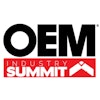
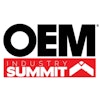
![Sa P75 I Sahr[80]](https://img.oemoffhighway.com/mindful/acbm/workspaces/default/uploads/2025/10/sa-p75-isahr80.Cn3n79HB4H.jpg?auto=format%2Ccompress&fit=crop&h=100&q=70&w=100)
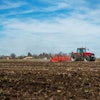


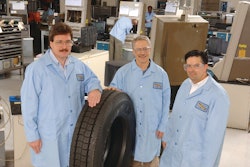
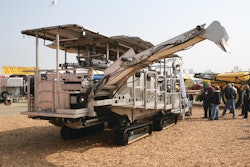
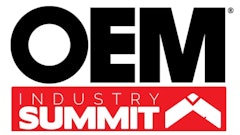
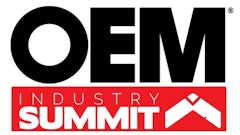
![Sa P75 I Sahr[80]](https://img.oemoffhighway.com/mindful/acbm/workspaces/default/uploads/2025/10/sa-p75-isahr80.Cn3n79HB4H.jpg?ar=16%3A9&auto=format%2Ccompress&fit=crop&h=135&q=70&w=240)
